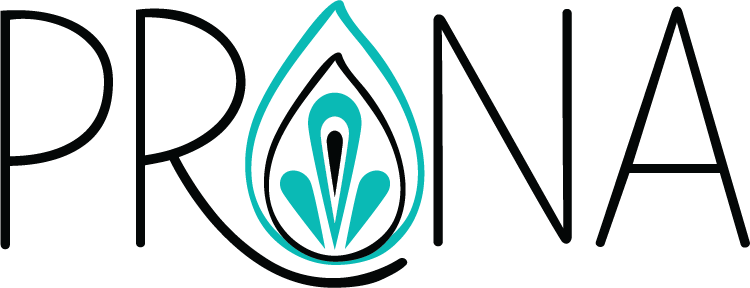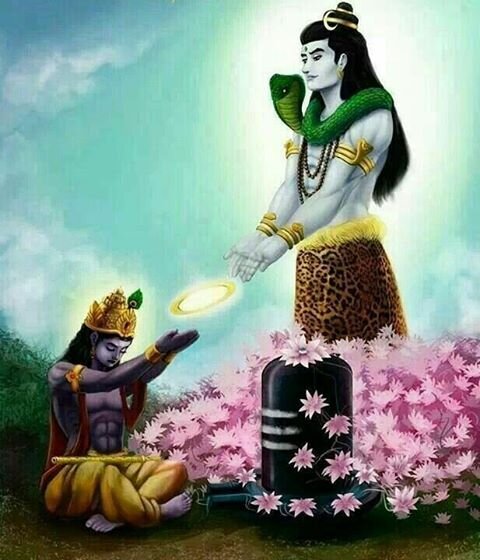Extended Puja
Below is a very condensed explanation of the Extended Puja. I encourage you to reseach more or feel free to contact me for more information, reference or guidance.
The extended puja was created by Megha Gavin, Director of Devyani Dance Company. Her inspiration was not only the FCBD®Style gratitude and the Woman Power Workout, but her love of India, her personal and spiritual connection to the deities expressed in the choreography and her Hindu “roots” of her husband, Vikas’ family.
The following is a very brief explanation of each pose in the puja. Please know there is A LOT more to this including why each hand and foot is placed where it is, the drishti (gaze), the prana that can be embodied in each of these and the deep reverence for each of these deities, both as external entities and also those entities that are found within each and every one of us. We are them, they are us. We are all the ONE.
It’s also important to note that there are some artistic liberties for the sake of putting these together in a mindful, meditative dance.
I do want to say, if this is not something you connect with then simply don’t do it or let your troupe director know this isn’t something you feel called to do.
If you are a teacher and do not fully understand every aspect of this choreography (not just what I reference below) then please think about why you want to teach this. If it’s because of the beautiful aesthetic, perhaps rethink teaching this very sacred dance or reach out to someone that can teach you all the intricacies of these poses to see if it actually resonates with you.
Puja: an act of worship.
Ganesha: The Elephant Headed God
We start with Ganesha. It’s tradition to begin any major event with honoring Ganesha. He is known as the destroyer of obstacles. Everything from Ganesha’s broken tusk to his big round belly and even why he has an elephant’s head has a significance.
In summary, You can think of Ganesha as clearing the path, his belly representing generosity and total acceptance. He’s also worshipped as the god of education, knowledge and destroyer of selfishness.
How fitting for our dance style.
Vishnu: “The Preserver”
Vishnu is one of the three supreme gods in Hinduism. He’s known as the preserver (as in creation, preservation and destruction). The gesture in our puja is of Vishnu offering flowers. There are a few stories of why Vishnu is offering flowers. One of my personal favorites is when he approached Shiva to help him destroy a demon that was creating chaos and havoc. Shiva told him he would help if he brought him 1,000 lotus petals. Long story short, Vishnu could only find 999 so he plucked out one of his eyes and layed it in front of Shiva. Shiva was so moved by his devotion that he gave him anything he wanted.
This symbolizes devotion and consistency.
Vishnu is on the left. Shiva is on the right
Nataraja (Shiva): Nataraja and Shiva are ultimately the same (long story there). Nataraja is also known as Lord of the Dance. He is dancing the dance of life, death and rebirth. His lower foot is stomping the demon of ignorance. He destroys so that creation can happen. Destroys so something even better can follow. Every single thing Nataraja is wearing symbolizes something. For instance the snake symbolizes Kundalini, or Shakti which is the divine force that resides in everything. His two sided drum symbolizes the end of one era and the beginning of another.
Radha: Goddess of love, compassion and devotion.
Radha wasn’t originally a Goddess. She was a milkmaid that became Krishna’s lover, or consort. You often see these two together and depicted as Radha-Krishna. Radha’s love is a symbol of divine love. The two of them together symbolize the loving union we have with God (whatever you see that energy as). She is the ultimate love and the ultimate truth.
The gesture we make in puja is her playfulness with Krishna
Lotus: purity, enlightenment, self-regeneration and rebirth
Saraswati: The Goddess of arts, music and learning
Is it any wonder why this was Megha’s favorite? The gesture in puja shows her position as she plays her instrument called a Veena
Shanti:
For the final gesture, we use a mudra, a hand gesture. Mudras are a lifelong study of their own. Each finger, each section of finger and the placement all represent something different. For the sake of simplicity, we say this final mudra means “peace”.
As I said, these are the very very short versions. There is so much more to each of these deities, their relation to each other, their positioning, meaning, stories, etc.
I hope this provides you a glimpse into this beautiful, devotional choreography.
Namaste
DeAnna







